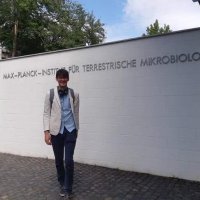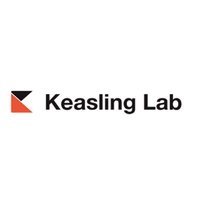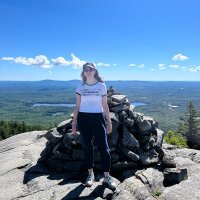
Yunha Hwang
@micro_yunha
Building genomic intelligence @tatta_bio
microyunha.bsky.social
ID: 1125797908262027264
https://www.yunhahwang.com/ 07-05-2019 16:21:52
560 Tweet
1,1K Followers
1,1K Following



I'm excited to release what I've been cooking up the past few months at Arc Institute BINSEQ is a family of binary file formats for sequencing data built with paired records and parallel processing in mind with big performance gains (2x-40x) over gzip-fastq with similar storage


New paper out in Nature Catalysis! We used a retrobiosynthesis approach to engineer PKSs for the production of new-to-nature valerolactam analogs. Later, we developed a strategy to polymerize these monomers to create novel nylon-5 derivatives. Check it out nature.com/articles/s4192…



🌎🦠 Microbes + AI = Climate Resilience! Our latest in Nature Reviews Microbiology explores how artificial intelligence can supercharge microbial solutions to climate change, speeding up innovation and safeguarding ecosystems. #ClimateChange #AI #OpenScience 🔗 doi.org/10.1038/s41579…

What could Alphafold 4 look like? (Sergey Ovchinnikov, Ep #3) 2 hours listening time (links below) To those in the (machine-learning for protein design) space, Dr. Sergey Ovchinnikov (Sergey Ovchinnikov) is a very, very well-recognized name. A recent MIT professor (circa early


It’s official!🎉I’m thrilled to announce that I will be joining Massachusetts Institute of Technology (MIT) as an assistant professor in a shared appointment between MIT Biology, MIT EECS and MIT Schwarzman College of Computing this fall. My lab will couple ML and high throughput experimentation to harness the remarkable functional diversity















